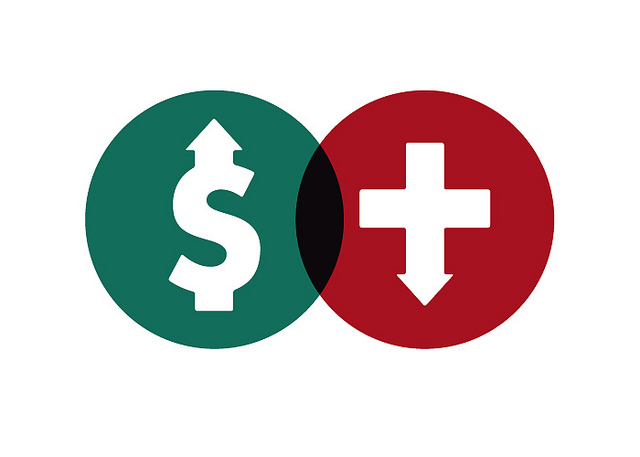A recent analysis by the Kaiser Family Foundation reveals that premium increases for people in the health insurance exchanges will be modest, so long as they enroll in the lowest or second lowest cost silver plans. Unfortunately, for most of them, this means having to switch from the silver plan they are currently enrolled in to a different plan. And, it may mean switching doctors and hospitals as well in order to receive in-network care, undermining people’s continuity of care.
The Kaiser analysis of proposed premium increases in 10 states plus Washington DC shows average premium increases of 4.4 percent, so long as people switch to the lowest and second lowest cost silver plans. Silver plans tend to be the most popular plans–68 percent of people choose them. That said, premium rates vary significantly in different parts of each state and in different cities in different states. In Seattle, Washington, overall rates appear to be dropping 10.1 percent, whereas in Portland, Oregon, rates are increasing 16.2 percent.
The wildly varying silver plan premiums in the state health insurance marketplaces mean that enrollees need to be active purchasers, if they want to keep costs down, regardless of whether they are eligible for a tax credit based on their income. And if they are eligible for tax credits to help offset their premium costs, they need to keep in mind that these credits are tied to the second lowest silver plan premium.
The Kaiser analysts found that typically the lowest and second lowest cost silver plans in 2015 will not be the lowest or second lowest cost silver plans in 2016.
It’s not clear what size premium increases people enrolled in employer plans will see. Notwithstanding soaring 2014 profits, insurers are calling for 20-30 percent premium increases in the private health care marketplace.










